Quantum optics and quantum informatics
Leader:
Dr. János Bergou

OSA, APS fellow, professor emeritus
Quantum Optics
- Application of quantum trajectory methods to the description of quantum optical systems
- Coherent control in atomic systems
- Coherent control and manipulation of quantum systems with phase-modulated laser pulses
- Slow light with frequency-modulated laser pulses: Applications to quantum information and resonant nonlinear optics
- Collective optical excitations of ultracold atomic gases
- Study of the interaction between light and bound-state ions
- Propagation of electromagnetic fields in photonic crystal-optical fibers
- Analog Hawking radiation in moving Bose-Einstein condensates
- Properties of quantum random walks, their role in quantum information systems and quantum optical implementations
- Multiphoton scattering of electrons
- Dependence on the absolute phase of interactions with few-cycle femtosecond pulses
- Gauge-invariant Wigner functions of charged particles
- S-wave Wigner functions in arbitrary higher dimensions
Quantum Informatics
- Behavior of entanglement in various physical systems and processes, like, e.g, quantum optical setups and solid-state systems
- Realization of quantum computers. Problems related to specific platforms, such as, e.g., atomic, ionic and optical implementations
- Foundations of quantum mechanics in view of information theory: measurement theory, nonlocality, Bell inequalities, interpretations
- Strongly correlated systems in two dimensions
- Fractional quantum Hall effect
- Employing decohering quantum systems in quantum information protocols
- Practical applications of nonclassical light
- Investigation of error-free capacities of quantum channels
Laser physics, nonlinear optics and spectroscopy
Vezető:
Dr. János Hebling

OSA fellow, full professor, Research Group Leader
- "Time-resolved" spectroscopic investigation of molecular interactions on the fs-ns scale
- Development and application of integrating spheres on studying low cross-section transitions
- Investigation of LiTaO3 crystals having high optical damage threshold
- Development and critical investigation of the theories of Z-scan measurement
- Generation of high intensity ultrashort THz pulses by optical rectification
- Investigation of transient dynamics induced by THz pulses
- THz pump-probe measurements
- Investigation of the physical properties of graphene
- Investigation of nonlinear photonic crystals
- High resolution spectroscopy of rare earth element doped optical crystals
- Development of optical and opto-electronic devices based on periodically poled LiNbO3 crystals
- Development of ultrashort pulse OPOs and OPAs
- Simulations of the interaction of high intensity electromagnetic fields with charged particles by PIC methods
- The role of hydroxide ion sin nonlinear optical crystals
- Thermal fixing of hologram sin photorefractive crystals
- ESR investigation of transition metals in LiNbO3
- Experimental and theoretical investigation of capillary z-pinch soft-X-ray lasers
- Experimental and theoretical investigation of capillary z-pinch optical waveguides
- Nonlinear optics with soft-X-ray lasers
- Measurement of aerosols with lasers: determination of particle site and concentration
- Investigation of biological effects of aerosols
- Energy transfer and fluorescence quenching in guest-host complexes of cavitands
- Surface characterization by interferometric methods
- Modelling and development of particle counters
- Laser based methods in the determination of atmospheric parameters
Physics of many-particle systems
Vezető:
Dr. Tamás Gál

associate professor and head of department
- The Heisenberg model as quantum field theory
- Properties of mesons and baryons in nuclear medium
- Spectroscopy of exotic hadrons
- Topological excitations in QCD
- Experimental investigation of low-pressue gas discharges
- Development of modelling methods for low-pressue gas discharges
- Particle-based simulation of electronkinetics
- Simulation of strongly correlated many-particle systems of plasma physics
- Development and microscopy of new multicomponent nanocomposites
- Development of energy density functionals for many-electron systems
- Theoretical studies of macromolecules in the framework of density functional theory
- Development of density functional theory for excited states
- Electron microscopy of wide bandgap semiconductors, SiC and GaN
- Fusion rules and the pentagon equation



